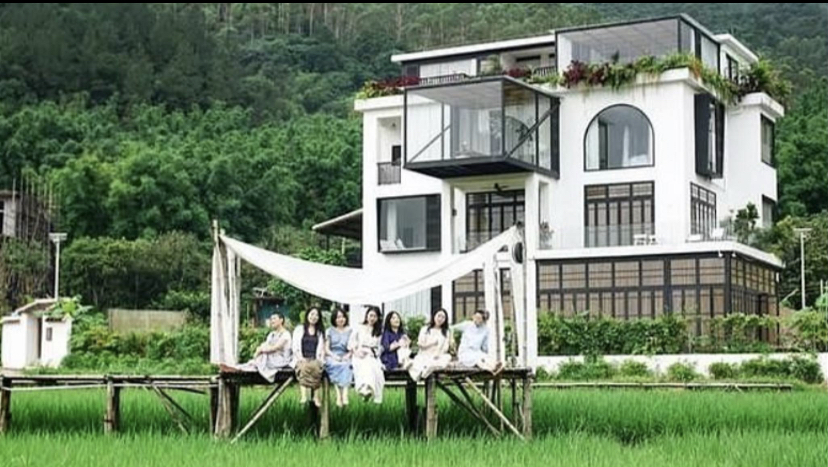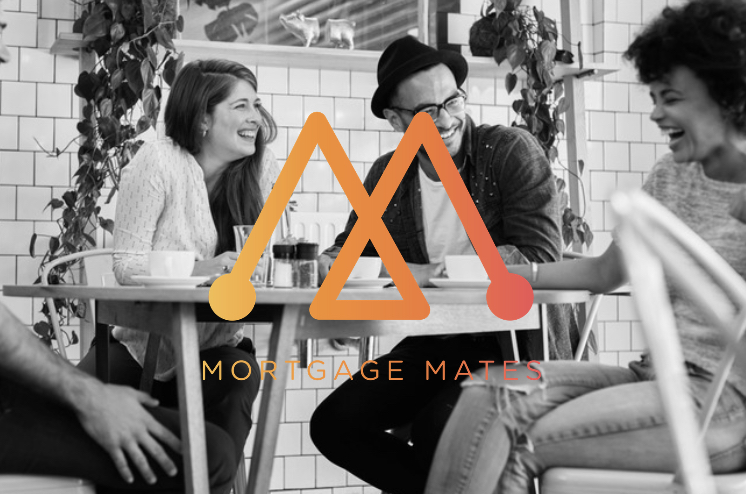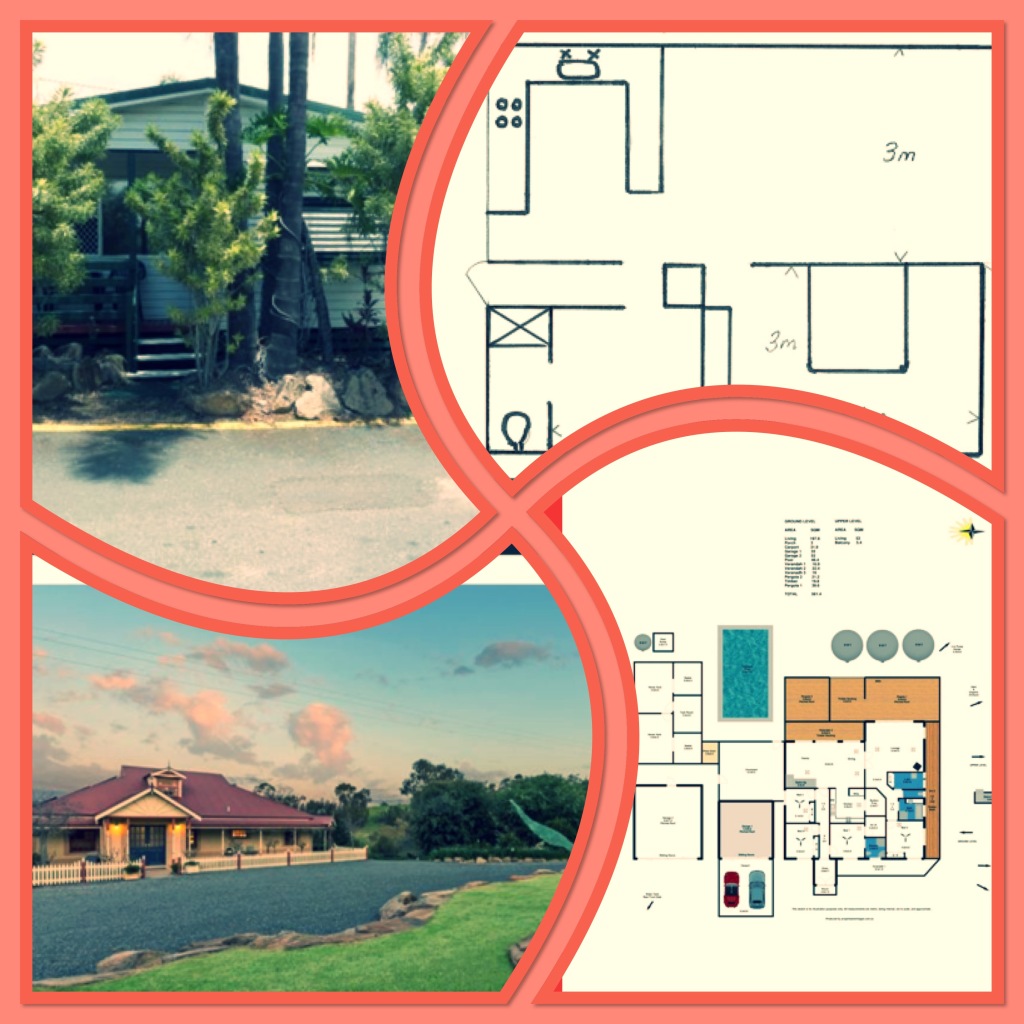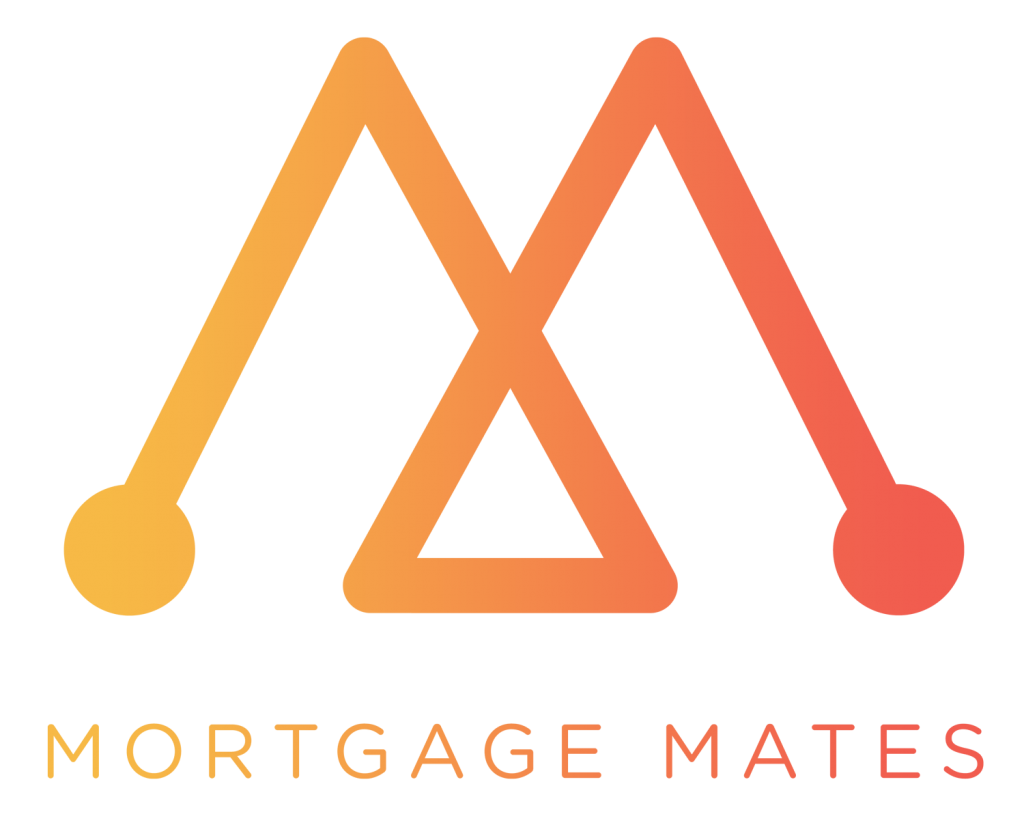‘Co-ownership? You mean permanent co-living options? That’s AWESOME’.
The response from a 24 year-old Londoner looking to enter the property market, after we talked about Mortgage Mates.

Co-living is a phrase that has been gaining media attention both in Australia and across the world. It idealises and promotes the concept of shared living, where community areas such as kitchens and common grounds are shared and enjoyed between a number of residents. The shared use of space makes for more affordable accommodation, whilst increasing social connection and minimising the housing crisis for cohorts currently struggling to enter the property market.
Often seen as the solution to ‘ending loneliness’ in communities that struggles with housing affordability and social connection, co-living residents can also share ideas, aspirations and interests.

Currently in Australia 1 in 4 of us admit to feeling lonely. But as we lead increasingly busy lives by working longer, travelling further and working harder, if we don’t connect at home, where can we connect?
Co-living is now available across major cities including Miami, London and Sydney. Very often, individuals have independent bedrooms, which attract a smaller rent than an apartment or house but also have the opportunity to share ammenities that help to create the feeling of community.
Historically co-living has been displayed in different guises (think share houses and houses of multiple occupation). But the defining factor that differentiates our existing understanding of shared accommodation, and the popularity of co-living, is the founding element of connection which is so important for this housing concept.
The choice to co-live can be long term, with residents undertaking ongoing multiple tenancy agreements, or short term, with individuals using co-living to see the world and enjoy short term opportunities.
Gone are the days of share houses where kitchens were a battle ground between house mates and the only shared facility available was the one tired bathroom between eight of you. Co-living is not about losing opportunity, but rather gaining financial and social freedom.
Co-living developments come with an intention to unify residents and promote collaboration. By emphasising shared space to improve wellbeing and social connection the house becomes a home, becomes a community.
Co-living joins a collective of co-operative opportunities including co-working arrangements and co-resident locations.
Mortgage Mates defines a new element of this housing style by promoting and utilising co-ownership.
We allow individuals to have the community element of co-living but with the security of home ownership.

By co-owning with another person you can create a community as small or large as you wish. Co-ownership can be with one, two or more individuals and allows you to pool resources to own a property at a reduced cost and with less financial risk. We also provide stability in a fragile housing market which means the community you create can be either short, medium or long term as defined by your co-ownership agreement.
By buying with another person you will be able to buy the home you wish to live in, rather a house you can afford to buy.
By pooling resources you can co-live in large homes with increased shared space- meaning you can implement the elements of the co-living movement in the way it best works for you and your co-owners. Why buy a one bedroom apartment when you can buy a six bedroom beachside home (if that’s your preference)?

In some of our future blogs we will be linking in with some of our third parties who can help you facilitate your co-ownership journey. With banks, real estate agents and others firmly embracing co-living opportunities we have a number of pathways that can make your housing journey a positive one. Whether you wish to co-live, co-invest or you just want to see what options you have open to you www.mortgagemates.com.au can help you connect into your community.
